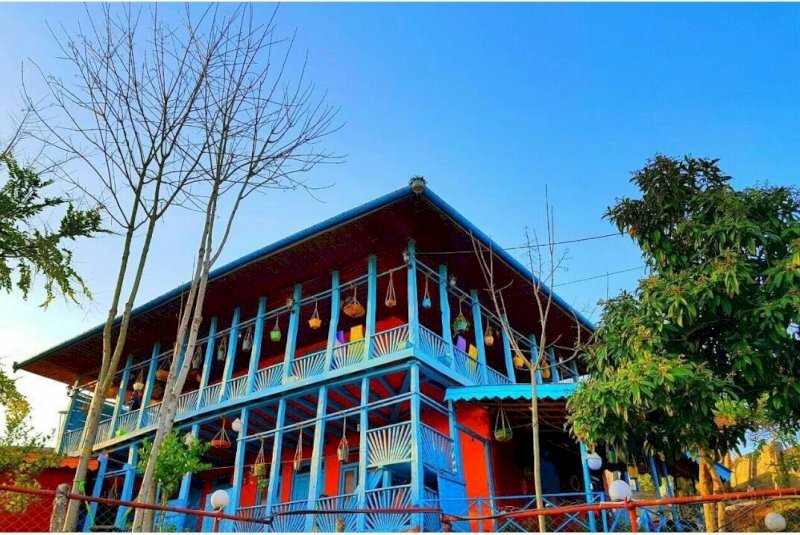30 eco-lodge units come on stream in Gilan in H1

TEHRAN –A total of 30 eco-lodge units was inaugurated in the northern province of Gilan during the first half of the current Iranian calendar year 1401 (started March 21), the deputy provincial tourism chief has said.
A budget of seven trillion rials ($24 million) was allocated to the projects, CHTN quoted Reza Hassanpur as saying on Wednesday.
Some 20 more eco-lodges are also expected to come on the stream by the end of the year (March 2023), the official added.
Gilan is well-known for its rich Iron Age cemeteries such as Marlik that have been excavated over the past century. It was once within the sphere of influence of the successive Achaemenian, Seleucid, Parthian, and Sassanid empires that ruled Iran until the 7th century CE. The subsequent Arab conquest of Iran led to the rise of many local dynasties, and Gilan acquired an independent status that continued until 1567.
Sophisticated Rasht, the capital of Gilan province, has long been a weekend escape for residents of Tehran who are looking to sample the famous local cuisine and hoping for some pluvial action—it's the largest and wettest town in the northern region. Gilan is divided into a coastal plain, including the large delta of Sefid Rud and adjacent parts of the Alborz mountain range.
As a four-season country with pristine and beautiful nature in different parts of the country, Iran has a lot to offer nature lovers and eco-tourists. Eco-lodge units in rural areas and the heart of nature, away from the hustle and bustle of the city, smoke, and pollution, could free people from the chaos and turmoil of modern life.
In recent years, several historical mansions and rural houses across the country have been repurposed into eco-lodge units to attract more domestic and foreign tourists.
The houses represent the indigenous culture, local customs, traditions, and stories, while the guests are served delicious food with local ingredients.
The growing tendency of tourists to experience indigenous and local cultures has made them want to get closer to natural and indigenous living conditions, experiencing the old-fashioned way of life, considering that staying in these eco-lodge units is much cheaper than other accommodation centers.
Iran’s tourism body said in 2018 that 2,000 eco-lodges will be constructed nationwide until 2021. Experts say each eco-lodge unit generates jobs for seven to eight people on average, so the scheme could create 160,000 jobs.
Having a very diverse natural setting, Iran offers varied excursions to nature lovers. Sightseers may live with a nomad or rural family or enjoy an independent stay. The country is home to abundant historical mansions, caravanserais, bathhouses, madrasas, and other massive monuments, which can buttress its budding tourism and hospitality sectors if managed appropriately and refurbished properly.
ABU/
